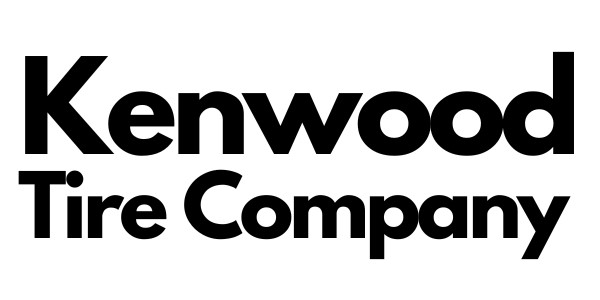Category: FAQ
-
What is Road-Force Balancing?
What is Road-Force Tire Balancing Road force balancing measures the uniformity of the tire and wheel assembly, detecting bulges, high, low, and hard spots missed by regular high-speed tire balancing machines. Regular high-speed balancing measures and corrects the dynamic balance of the tire and wheel that’s felt as a shimmy on the highway between 65-75 mph.…
-
Tire Blooming
Tires are supposed to be black, so what’s happening when your tires turning a brownish color? Tire blooming. It’s the brown residue that stains the tire’s sidewall brown, caused by a tire additive, Antiozonant, that protects against ozone damage like tire cracking and dry-rot or ground-level ozone like smog. The tradeoff is a brown residue…
-
Tire Plug vs. Patch
A slow leak in your tire will set off the tire pressure warning light — Don’t ignore it! The sooner you get the tire checked out, the better your chances are of getting it repaired properly and not replaced. A slow leak doesn’t always mean you’ll need a new tire — If the object is…
-
Air Filter vs. Cabin Air Filter
There are two types of air filters in most cars — The engine air filter has been around forever, keeping a steady flow of clean air going into your engine, where it’s metered and mixed with fuel to provide combustion and power. Most engine air filters cost $30-40 — Air filters are located in the engine compartment, where…
-
Weather Cracking & Dry-Rot in Tires
You’ll probably wear out your tires before tire cracking becomes a problem. That’s because common tire cracking occurs on vehicles that don’t get driven that much, like trailers, motor homes, classic, collector & performance cars, Grandma’s Buick, or the church van. Hairline cracks usually appear on the sidewall or between the tread blocks of tires…
